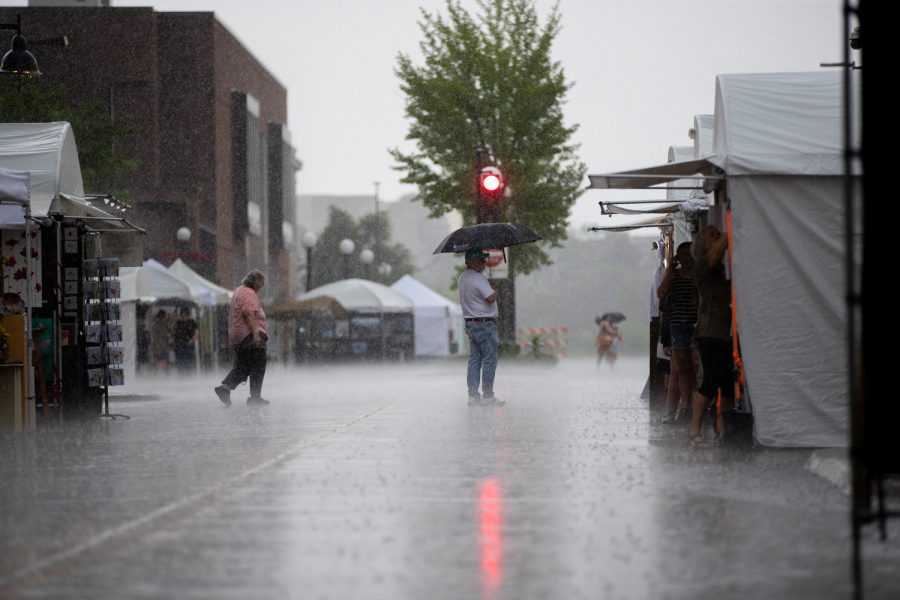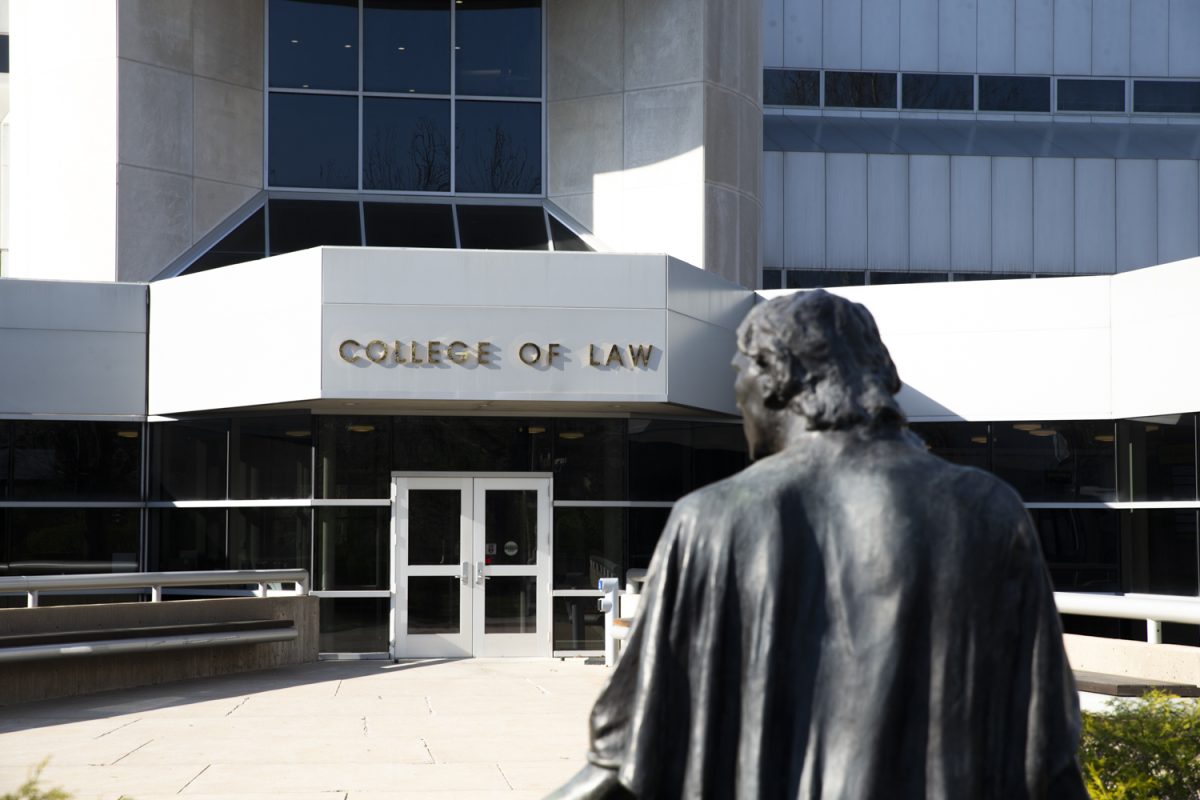Right around springtime four years ago, what Gail Orcutt thought were allergies turned out to be much worse.
“I found out I had lung cancer,” the Pleasant Hill resident said. “I’ve never smoked a day in my life.”
Her cancer didn’t come from cigarettes. Instead, the culprit was a colorless, odorless gas: radon.
Radon is the second leading cause of lung cancer in the nation, claiming roughly 21,000 lives each year, according to the Environmental Protection Agency.
Orcutt, a retired teacher and lung-cancer survivor, made it her mission to educate people and raise awareness on the poisonous gas.
Now, after a recurrence of the cancer in August, and only a week out of chemotherapy, she is teaming with an elected official.
Rep. Bruce Braley, D-Iowa, has been spearheading the push to create legislation that would require more testing for radon levels in the state, especially in schools. Braley has advocated in Congress for resources and support.
The Iowa Legislature did not pass a bill to require redon testing; however, legislation was passed two weeks ago that requires a statewide report be published on radon testing in school districts in Iowa.
“[It’s important] to make sure school districts that need assistance to properly monitor and remediate radon levels have the funds they need to protect students, faculty, and staff,” Braley said.
In 2012, he introduced an act to protect public schools from high levels of radon. The End Radon in Schools Act would also provide grants to test radon levels.
He also introduced an amendment to the Elementary and Secondary Education Act in 2013 to help end radon risks in schools across the nation.
In line with his efforts to help people understand the risks, Braley met Monday with Iowa City School District officials to discuss radon testing and mitigation.
“It’s always helpful to talk with people who have been dealing with the problem you’re trying to address through public policy,” he said.
Mitigation is a method of reducing radon that involves the use of a tube to collect radon and release it into the air above a structure as opposed to inside of it.
Braley, school Superintendent Steve Murley, officials from the Johnson County physical plant, as well as elementary school principals discussed radon testing in the district.
Radon assessments are performed every two years; the latest revealed that the Borlaug, Shimek, and Coralville Central Elementary schools showed above-average levels in certain areas of the building.
Anything above 4 picoCuries per liter is considered an “action level,” meaning officials have to address the problem.
Fixing ventilation issues in buildings has been a common solution in the local School District. It involves using a heat exchanger or energy recovery ventilator, which can be helpful in regaining energy lost in exchange with outside air.
“One of the big things I got [out of the meeting] is ventilation issues in a building can often be a contributing factor to the level of radon exposure,” Braley said. “So school districts have to have resources to monitor ventilation systems.”
Rep. Chip Baltimore, R-Boone, said he doesn’t think the government is the solution for the issue.
“It’s challenging to come up with a one-size-fits-all statewide policy for what we do with radon,” he said. “I think responsible people should act responsibly.”
Orcutt said raising this awareness will be important, because even a small amount of information could save lives and help “students, teachers, and staff members all breathe safely.”






